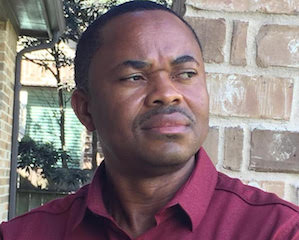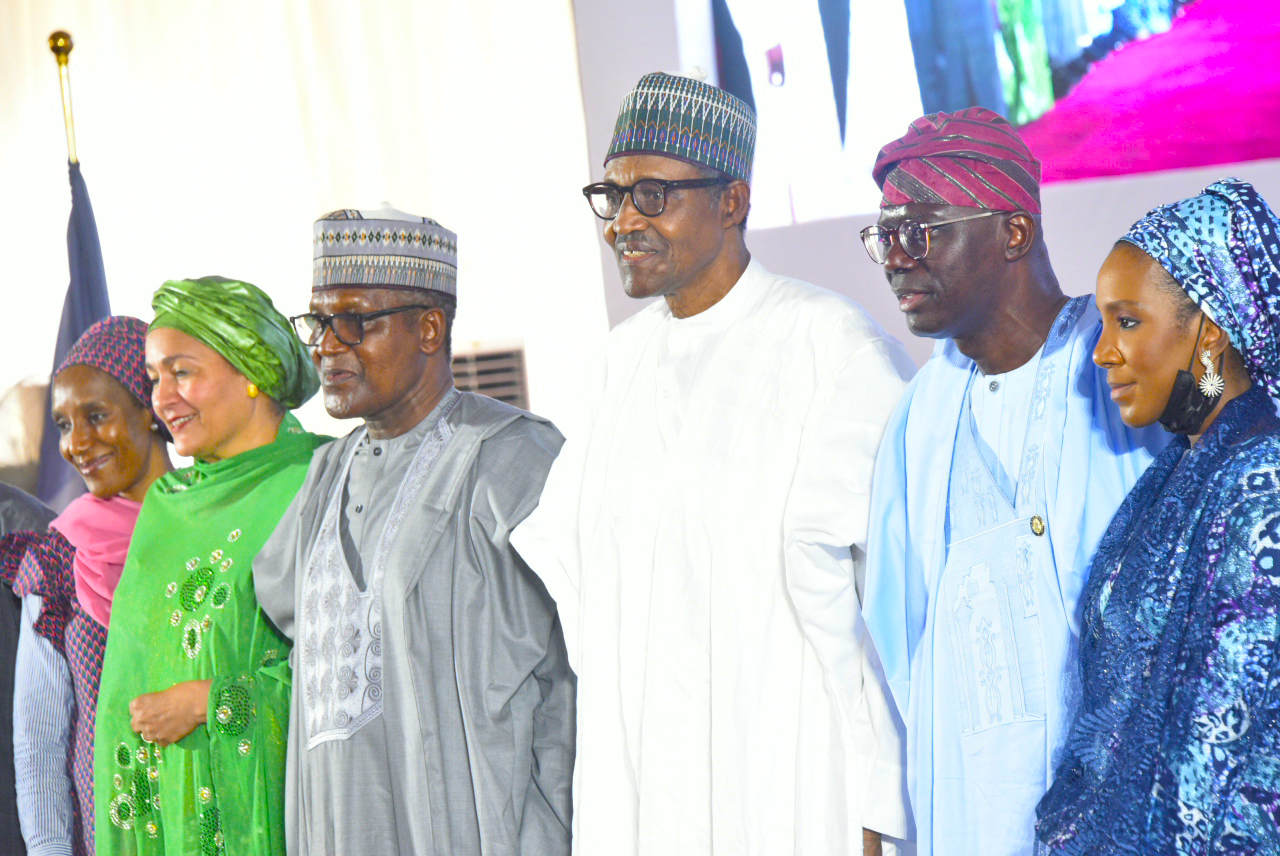Unpacking the conflagration in Central Africa (1): The Rwanda genocide
By Osmund Agbo
On April 6, 1994, a plane carrying the President of the Central African nation of Rwanda, Juvénal Habyarimana and his Burundian counterpart, Cyprien Ntaryamira, was shot down by unknown persons. Extremists belonging to the slain president’s Hutu tribes known as the Akazu, blamed ethnic Tutsi rebels for the attack. The rebels vehemently denied it and blamed the murder on members of Habyarimana’s own government. With the demise of that nation’s leader, the Akazu took over the reins of power and initiated a bloody campaign of retribution and ethnic cleansing throughout Rwanda in a genocide that only ended when Tutsi rebels under the auspices of the Rwandan Patriotic Front (ROF) won control and overthrew the government in July 1994.
During a 100 day period between April and July 1994, an estimated one million Tutsis and moderate Hutus were hacked to death in the most gruesome way. While the carnage lasted, an average of six people were killed every minute. There were radio announcements urging Hutu ethnic militias known as Interahamwe to go out and kill their Tutsi neighbors with guns, machetes and whatever instrument they can lay their hands on. But how did two ethnic groups that have co-existed in the same geographical space for centuries, speak the same language and practice the same culture suddenly turn on each other?
The Hutus, also known as the Abahutu, are a Bantu social group which is native to the African Great Lakes region. They mainly live in Rwanda, Burundi and the eastern part of the Democratic Republic of the Congo. Hutus were an agricultural people who lived in large family groups. The Tutsis, also known as Watutsis on the other hand, were a nomadic people from Ethiopia who began arriving in the region around the 15th century. Eventually, they settled amongst the Hutus, adopting their customs, language and beliefs. Alongside the Hutus and Tutsis are Twa people, a group of indigenous African Pygmy tribe who originally were Hunter-gatherers. Together, the three form the principal ethnic groups that make up Rwanda.
The average Hutu is short and stocky, while the Tutsi are tall, slender, angular and relatively light-skinned. Tutsi are mostly pastoralist while Hutus cultivate the land. Before the colonialists, most of the lands were ruled by Tutsi kings called Mwamu. Aside from those differences in physical characteristics, Encyclopedia Britannica described Hutu and Tutsi as people that adhere essentially to the same religious beliefs, which include forms of animism and Christianity. One historian went further to differentiate the two based on socio-economic status when he said thus; “People used to be Tutsi or Hutu, depending on the proximity to the king. If you were close to the king, you owned wealth, you owned a lot of cattle, you are a Tutsi. If you are far away from the king, you are a cultivator, you don’t own many cattle, you are a Hutu.”
When Belgian colonialists took over the country in 1918, after the defeat of Germans in the First World War, they radicalized these differences and weaponized them against the majority Hutus. They openly favored Tutsis whom they considered closer to the Europeans and superior to Hutus. They maintained a register where Rwandans were classified according to their ethnicity using stereotypical physical features. Online, there is a picture of a Belgian specialist in the 1930’s that showed how cranio-facial and body measurements were done to ethnically classify Rwandans. Everyone was given an identity card based on this classification. They promoted racist theories of supposed Tutsi genetic superiority, guaranteeing them better educational opportunities and jobs.
The Hutus have always resented their status as second class citizens in their own land and had rebelled against the status quo even during the colonial times. It’s on record that as far back as 1911, when the country was under the Germans control, the colonists helped the Tutsi put down a rebellion of Hutu in the northern part of Rwanda who did not wish to submit to central Tutsi control.
After hurried preparations for Rwandan self-rule which included the dissolution of the Tutsi monarchy in the Kingdom of Rwanda in September 1961, Ruanda-Urundi as the nation was then called, became independent on 1 July 1962. The country was broken up into the independent Republic of Rwanda and Kingdom of Burundi. Rwandan population distribution at the time was thus; 85% Hutus, 14% Tutsi and 1% Twa.
Hutus being in the majority won the country’s first election after Rwandan independence in 1962, reversing the power dynamics for the first time. The government that followed was led by staunch Hutu nationalists. That triggered a lot of civil unrest which ultimately pushed a lot of Tutsis into exile to mostly neighboring countries of Uganda and Democratic Republic of Congo. Many of the Tutsi exiles in Uganda including the current President, Paul Kagame, joined Yoweri Museveni’s National Resistance Movement (NRM) and fought to gain power by toppling the government of Milton Obote (1980-1985)and Tito Okello ((1980-1986) in the so-called Ugandan Bush war.
In 1990, a rebel army composed mostly of these Tutsi exile and backed by Uganda’s Museveni, himself rumored to be a Tutsi, appeared and was named the Rwandan Patriotic Front (RPF). They started launching a series of attacks from Uganda with the aim of overthrowing the Hutu led government in Kigali.
In August 1993, a peace accord was reached between the Hutu controlled government forces and these Tutsi rebels called the Arusha Peace Accord. But both parties were not satisfied with the terms of the peace agreement and violence continued unabated. A member of the Rwandan government’s inner circle, Théoneste Bagosora, a colonel in the Rwandan army, who would later be convicted for leading the genocide told a reporter that he was going back home to prepare for the apocalypse.
At the start of the genocide following the death of President Habyarimana, 22 UN peacekeepers were killed by suspected Hutu extremists. The UN was irked by the killing and reduced the number of peacekeepers to a mere 260 combatants. Even when the war escalated, they delayed approving further troop deployment. According to one source, the action of the world body was born out of the desire not to get involved in what they consider a messy operation that could damage the prospects for future peace-building operations.
The US administration under Bill Clinton actively discouraged the UN Security Council from approving a robust deployment of troops. In the aftermath of the political blowback she got for her intervention in Somalia where US troops got sucked into fighting and were killed, the Clinton administration did not want a repeat of that fiasco. American policy makers also did not consider Rwanda, a small African country with no natural resources to exploit, as a key foreign interest
After the genocide ended in July 1994, Rwanda was a devastated country. Its basic infrastructures were utterly destroyed, millions of people were displaced, and many surviving Tutsis had lost their families. Many women suffered the consequences of rape and sexual violence. Fearful of revenge killing, many ethnic Hutu went into exile in the neighboring Democratic Republic of Congo (DRC) and Tanzania.
From refugee camps in Zaire, exiled Hutus regrouped and continued the fighting by launching cross-border raids on Tutsis and moderate Hutus living in Rwanda and Uganda. When the Zaire’s government of President Mobutu Sese Seko, was unable or unwilling to stop the insurgency over his eastern frontier, the Tutsi governments of Uganda, Rwanda and Burundi backed the Congolese rebel leader, Laurent Kabila to launch an attack that toppled Mobutu and precipitated the first Congo civil war. When the Hutu raids continued, the Tutsi-led states encouraged another rebellion against Kabila in the second Congo war, a conflagration that now involves 8 African countries and a handful of non-state actors in what is known today as Africa’s World War.
…To be continued
Osmund Agbo writes from Houston, Texas. Email: [email protected]



